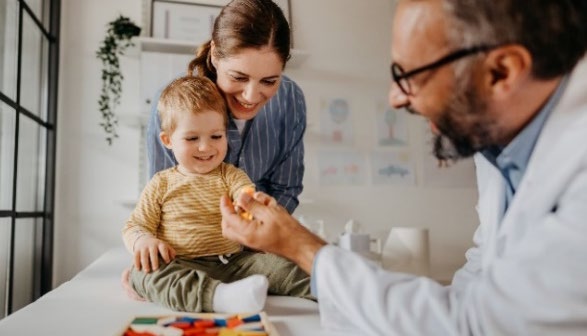
Protect your family from lead
You
may already be aware of how dangerous lead is, especially for babies and children.
Lead is a very soft metal that can be found in many places inside and outside
your home.
Lead
poisoning happens when lead dust is breathed in or swallowed. Any level of lead
in the body can harm the brain which can cause learning and behavior problems. Babies
and young children are at most risk for lead poisoning because their young
brains are still growing and developing.
Most
children who have lead poisoning do not appear sick at all. Some may have
stomach pain, constipation, or not eat as they normally do. Others may be
cranky or have headaches.
Where is lead found?
Lead
used to be added to many items such as gas, paint, pottery dishware, and even makeup.
Lead is not used in these products in the United States anymore, but it can
still be found in places where babies and children live and play. For example, lead
dust may be found inside older homes that were originally painted with lead
paint and in the dirt outside these houses. In the past, lead was also used to
make pipes that carry water into homes. These pipes can still be found in some older
homes and communities. Toys, jewelry, makeup, candy, spices, and even some foods
from other countries that we use can have lead in them.
Lead poisoning prevention
While
the facts about lead poisoning are scary, the good news is you can prevent it. To
learn more about lead poisoning and how to protect your children, click here.
What is blood lead screening?
The
only way to know if your child has lead poisoning is through a blood test. Testing
is quick and easy. It is usually done during well-child visits with their primary
care provider. Blood is often collected through a finger poke test. In some
offices, the result may be ready before you leave. If the finger poke test
shows possible lead poisoning, the provider will order a second lead test to
get more information (just like when you have your blood drawn in a lab).
When should my child be tested for lead?
- Every child enrolled in Medi-Cal needs testing at 1 and 2 years of age
- If your child is now 6 years old or younger and was not tested at 1 and 2 years old, their provider will order a catch-up lead test
- If your child is new to Medi-Cal and has not been tested for lead, testing is needed if your child is 6 years old or younger.
What else should I do to protect my children from lead poisoning?
Along
with testing, it is important to check in and around your home for possible sources
of lead. The links below will help you decrease your child’s chance of being
exposed to lead.
If you have questions about possible lead in your home, please reach out to your child's provider for help. You may also reach out to your local county public health department for more information.

